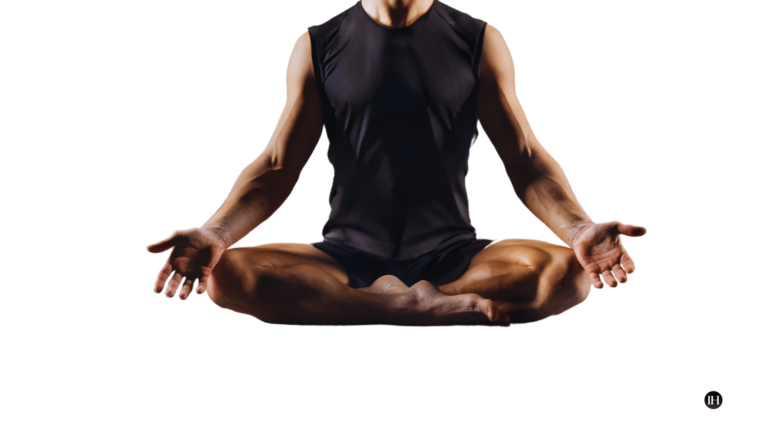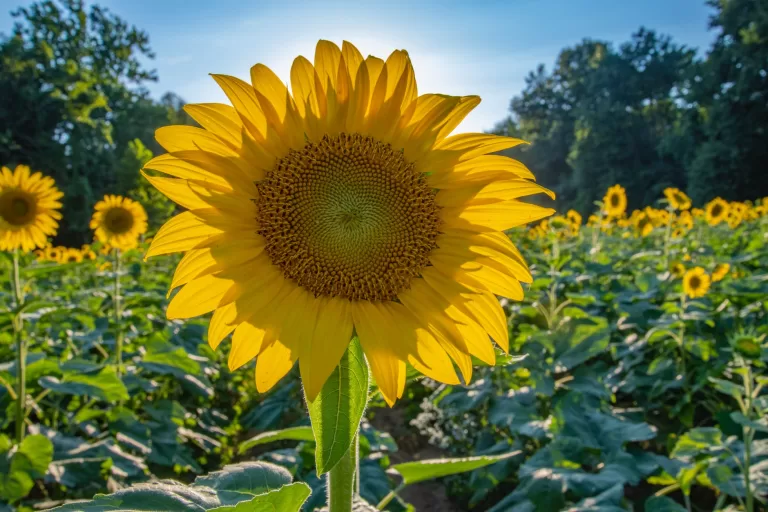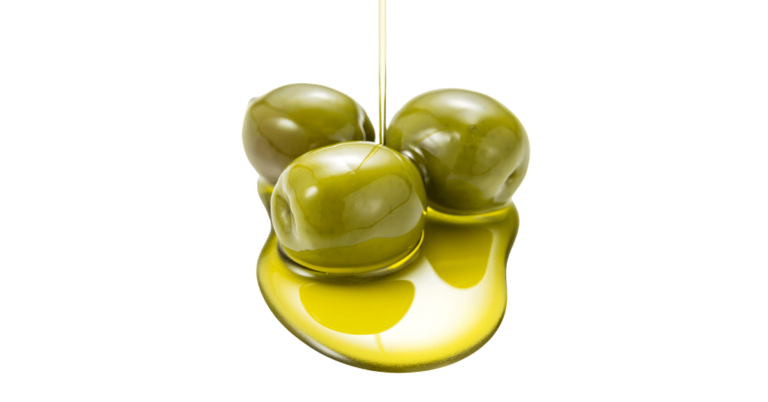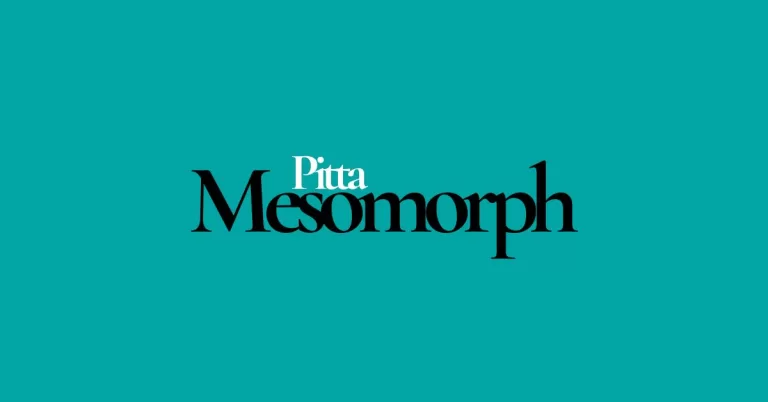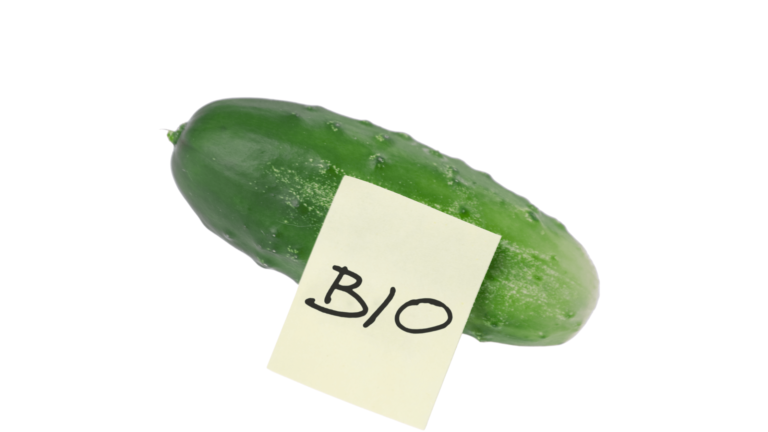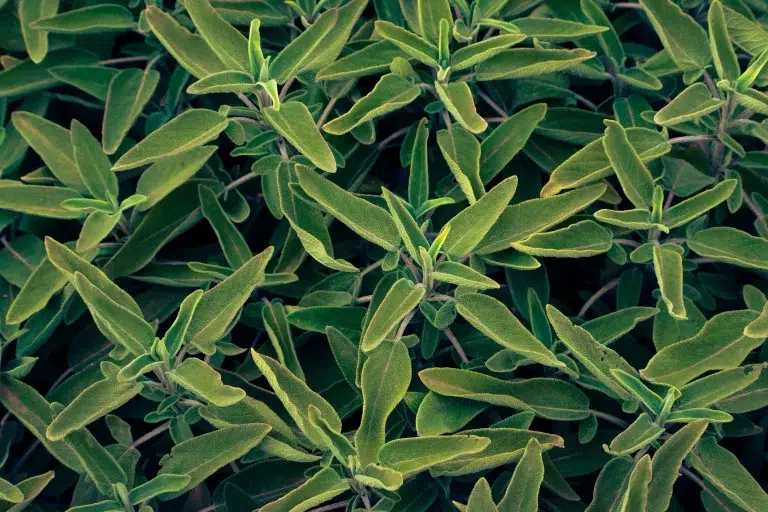Curcumin Anti Inflammatory Properties (Turmeric)
Curcumin’s anti-inflammatory properties form a part of plant bioactive compounds. This natural compound, derived from the plant turmeric, has been extensively used in holistic sciences. And current day studies now highlight its significant anti-inflammatory actions. As a result, it is considered a potential therapeutic agent for internal repair within dietary regimens.
While it is predominantly used as an adjuvant therapeutic, consuming culinary ingredients as opposed to a therapeutic dose differs. According to Peng et al. (2021), numerous studies have demonstrated the diverse biological activities of Curcumin, with its notable anti-inflammatory effect being a significant feature.
In a previous article, we explored turmeric’s physical and mental benefits as a medicinal food source. In this article, our aim is to provide an overview of the anti-inflammatory effects of Curcumin.
Key Takeaways
- Curcumin has potential anti-inflammatory properties and is used as a holistic therapeutic agent.
- Curcumin plays a significant role as a regulator and inhibitor of inflammation.
- Examining key points of a study by Peng Y, Ao M, Dong B, Jiang Y, Yu L, Chen Z, Hu C, and Xu R (2021). “Anti-Inflammatory Effects of Curcumin in the Inflammatory Diseases: Status, Limitations and Countermeasures.” Drug Des Devel Ther, 15, 4503-4525. doi: 10.2147/DDDT.S327378. PMID: 34754179; PMCID: PMC8572027.
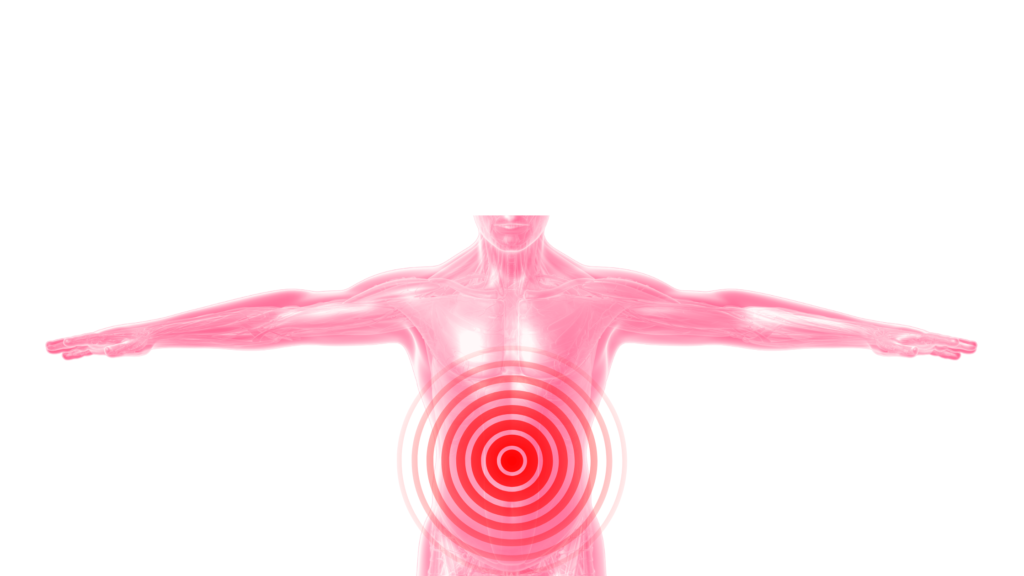
1. Holistic Overview
In recent years, the rapid recognition of turmeric-Curcumin has significantly enhanced its use due to its anti-inflammatory properties. Consequently, this is due to the revived interest in holistic well-being.
Curcumin is a compound in the root and other parts of the turmeric plant. Turmeric contains several polyphenols that exhibit anti-inflammatory properties. As a result, it is substantially used in holistic therapeutics.
Turmeric–Curcumin
Turmeric health benefits stem from the various bioactive compounds present in the plant. It is also therapeutically used as a culinary spice in regions such as India and China. Turmeric has a strong presence in holistic sciences like Ayurveda. One of its several therapeutic actions includes its capability to regulate and inhibit inflammatory pathways.
Because of its numerous therapeutic benefits, it is symbolically regarded as sacred and is also known as “the golden spice.”
Ayurveda recognises turmeric as a therapeutic adaptogen. It states that turmeric is tridoshic, meaning it is vata, pitta, and kapha friendly. Additionally, the adaptogenic capability of turmeric may be achieved in the correct dose subject to individual parameters.
A typical turmeric-curcumin dose is 1 to 3 grams, consumed as herbal water or tea, in capsule form, or with other adjuvants. Subject to suitability.
The following sections predominantly cite Peng et al. (2021) to expound the central point of this article.
2. Curcumin Curcuminoids
According to Peng et al. (2021), curcumin and its derivatives, known as curcuminoids, have demonstrated efficacy as therapeutic agents over the years.
The three main curcuminoids found in turmeric are;
- Curcumin: Curcumin is a type of polyphenol known as a curcuminoid, which is found in the turmeric.
- Demethoxycurcumin: Demethoxycurcumin is a curcuminoid, a type of natural phenol and a derivative of curcumin.
- Bisdemethoxycurcumin: Bisdemethoxycurcumin is a type of curcuminoid compound, a derivative of curcumin, found in turmeric.
The Interplay of Compounds
The different compounds in the curcuminoid family have varying effects and properties. The absence or alteration of one compound can change the overall behaviour and benefits of the key compound, curcumin.
When the compound is from a live wet source, it may have different properties. This is due to the presence of other organic components and potential enzymatic activity.
On the other hand, when sourced from a dry form, certain enzymatic activities may be reduced or absent. This reduction or absence can potentially alter the overall composition and properties of the compound.
A sort of denature of the source.
Anti Inflammatory Capability
Curcumin exhibits anti-inflammatory properties by modulating inflammatory signaling pathways and suppressing the production of inflammatory mediators.
Additionally, Peng et al. (2021) suggest that, in studies involving inflammatory cells and in vivo models, curcumin exhibits a decrease in the levels of various pro-inflammatory mediators.
One way in which inflammatory markers are assessed is in biomarker tests such as blood tests.
A decrease in the following pro-inflammatory mediators are detailed in the study;
- Interleukin-1 (IL-1), IL-1β, IL-6, IL-8, IL-17, IL-27
- Tumor necrosis factor-α (TNF-α)
- Inducible nitric oxide synthase (iNOS) is an enzyme that produces nitric oxide (NO)
- (NO) is a molecule involved in various physiological functions, including cell signalling and immune response
- Regulated upon activation, normal T cell expressed and secreted factor (RANTES) is a protein that plays a role in attracting immune cells to the site of inflammation
- Granulocyte colony-stimulating factor (G‐CSF)
- Monocyte chemotactic protein‐1 (MCP-1)
- Plasma levels of C‐reactive protein (CRP) and tumor necrosis factor (TNF)
This suggests that the inherent anti-inflammatory actions of curcumin may be substantial.
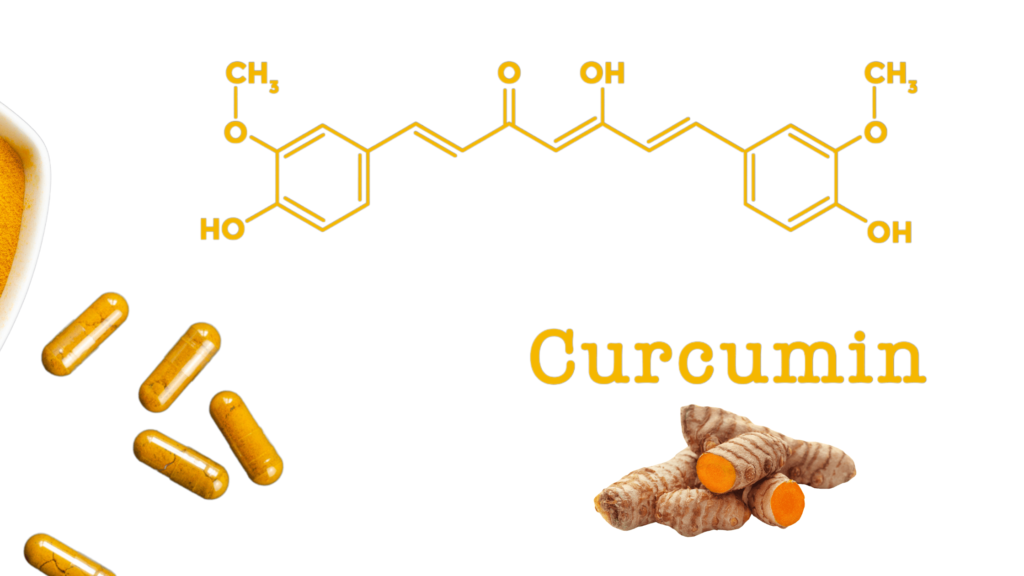
3. Inflammation Pathway
Peng et al. (2021) further suggest the inflammatory pathway includes four key components:
- Inducers: Inducers are substances that initiate or promote inflammatory responses in the body.
- Sensors: Sensors detect pathogens or tissue damage, triggering the immune response.
- Mediators: Mediators regulate immune responses and encourage immune cells to go to the inflamed area.
- Effectors: Effectors execute the response to inflammation & include immune cells and inflammatory mediators.
The study states that, the anti-inflammatory effects of medications primarily involve acting on receptors and signaling pathways. Regulating the response of target tissues to inflammatory mediators and reversing the impact of these mediators on the target tissue and producing anti-inflammatory mediators.
Circulatory Network
We often overlook the fact that medicine, diet, and fluids like water are distributed throughout the body via the circulatory system. Both medications and nutrients travel through the same network. As a result, everything we consume has the potential to impact inflammatory conditions, whether positively, negatively, or neutrally.
Recognizing this phenomenon is an integral part of the preventive approach in holistic sciences. Essentially, the tool or medicine works within natural parameters.
Biochemical Mechanism of Curcumin
Similarly, the study states that Curcumin notably has anti-inflammatory effects. This is by modulating inflammatory signaling pathways and suppressing the production of inflammatory mediators.
In simpler terms, curcumin has the potential to reduce inflammation in the body. It holds potential by regulating cellular signaling and inhibiting the production of inflammatory substances. For example, it can target inflammatory enzymatic by-products, such as the molecule cytokines interleukin-6.
IE; curcumin can control the communication between cells, with potential for significant influence on inflammation.
4.Types of Anti-Inflammatory Effects of Curcumin
Peng et al. (2021) state that studies have investigated curcumin’s strong anti-inflammatory properties. These include its impact on inflammatory bowel issues, types of arthritis, psoriasis, depression, atherosclerosis, and COVID-19 etc.
Here are key areas of curcumin anti-inflammatory effects according to the study;
Arthritis, Joint Inflammation & Pain
It is suggested that Curcumin can reduce joint inflammation. And, alleviate pain symptoms due to its anti-inflammatory and cartilaginous protective effects.
Cartilaginous refers to a substance that is related to or resembling cartilage. It is a firm, rubbery tissue that cushions bones at joints and provides structural support in the body. Apart from being a holistic anti-inflammatory purpose, it has several specific actions, as detailed below.
Furthermore, according to Peng et al. (2021), Motahar Heidari-Beni et al produced a herbal formulation consisting of turmeric extract, black pepper and ginger. This formulation raised prostaglandin E2 (PGE2) levels similar to naproxen for individuals with knee osteoarthritis.
Mood Regulation & Depression
Current research evidence shows that inflammation is closely related to depression. Holistic sciences advocate that overall human mood is closely related to diet and the quality of nutrition.
It recognises that some diets and particular foods can substantially influence inflammatory responses upon digestion.
Peng et al. (2021) noted that psychological and social stress can contribute to depression. Stress may trigger an inflammatory response that affects neurotransmitter metabolism and synaptic plasticity, potentially leading to depression.
Curcumin has anti-inflammatory, antioxidant and neurotrophic properties, suggesting it has strong potential for relieving depression. In addition to its anti-inflammatory properties, curcumin also inhibits the release of monoamine oxidase, serotonin and dopamine. And, regulates the hypothalamus pituitary adrenal axis, neurotrophic factors, and hippocampal neurogenesis and neuroplasticity, Peng et al. (2021).
Working With The Nervous System
Neurotrophic capability refers to the ability of the nervous system to grow and adapt. Neurotrophic factors are molecules that support the growth, survival, and differentiation of both developing and mature neurons. They play a crucial role in the development and maintenance of the nervous system.
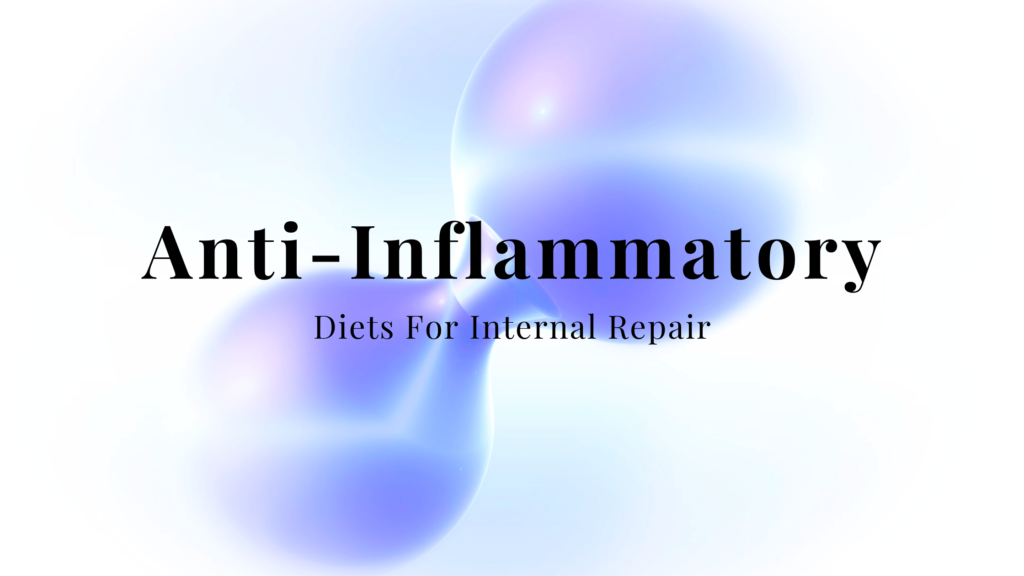
5. Improving Bioavailability of Curcumin
Curcumin anti-inflammatory properties may be more bioavailable when combined with other natural ingredients. For example, Peng et al. (2021), state, to enhance its anti-inflammatory effects, other factors may be combined.
Suggesting the following:
- Piperine, when combined with curcumin, improves anti-inflammatory and antioxidant activity.
- Combinations of curcumin with piperine and quercetin are used to enhance the effects of curcumin.
- Frankincense and curcumin complex together help alleviate pain related symptoms in osteoarthritis.
- Additionally, a compound from Terminalia chebula, Curcuma longa, and Boswellia serrata extracts, has shown significant pain reduction. And improved physical function and quality of life in osteoarthritis.
6. Ayurvedic, Holistic View On Bioavailability
Ayurveda states that turmeric is generally safe and well-tolerated by healthy individuals. It suggests that taking 1-3 grams of cooked food or herbal tea is typical in Asian diets. Part of a balanced diet and proper hydration.
However, it is subject to vata, pitta, and kapha analysis when required in a therapeutic dose. Although turmeric is an adaptogenic herb, it can change the dosha quality when combined with other ingredients, such as piperine. Therefore may vary in its effect based on individual suitability and dosha analysis.
A therapeutic dose of turmeric may not be suitable in some cases. This is especially true where several other synthetic drugs are being taken. Also, the quality of the therapeutic dose is critical in its efficacy and suitability.
Summary
Curcumin, derived from turmeric, exhibits significant anti-inflammatory properties. It is considered a potential therapeutic agent for internal repair within dietary regimens.
It has shown promise in alleviating joint inflammation and pain, regulating mood, and working with the nervous system.
Additionally, combining curcumin with other natural ingredients can enhance its anti-inflammatory effects. This makes it a subject of ongoing research for various therapeutic applications, subject to suitability.
Suitability & Precautions
Turmeric may not be suitable for each individual as a therapeutic addition and may be toxic in some cases; suitability depends entirely on individual health status and parameters. Seek the advice of a professional: this is an information post only.
References
- Peng Y, Ao M, Dong B, Jiang Y, Yu L, Chen Z, Hu C, Xu R. Anti-Inflammatory Effects of Curcumin in the Inflammatory Diseases: Status, Limitations and Countermeasures. Drug Des Devel Ther. 2021 Nov 2;15:4503-4525. doi: 10.2147/DDDT.S327378. PMID: 34754179; PMCID: PMC8572027.
- EasyAyurveda: https://www.easyayurveda.com/2013/10/23/turmeric-curcuma-longa-benefits-usage-dose-side-effects/#medicinal_properties
- LiverTox: Clinical and Research Information on Drug-Induced Liver Injury [Internet]. Bethesda (MD): National Institute of Diabetes and Digestive and Kidney Diseases; 2012-. Turmeric. [Updated 2024 Jun 1]. Available from: https://www.ncbi.nlm.nih.gov/books/NBK548561/
- Buonomo AR, Scotto R, Nappa S, Arcopinto M, Salzano A, Marra AM, D’Assante R, Zappulo E, Borgia G, Gentile I. The role of curcumin in liver diseases. Arch Med Sci. 2019 Oct;15(6):1608-1620. doi: 10.5114/aoms.2018.73596. Epub 2018 Feb 20. PMID: 31749891; PMCID: PMC6855174.


